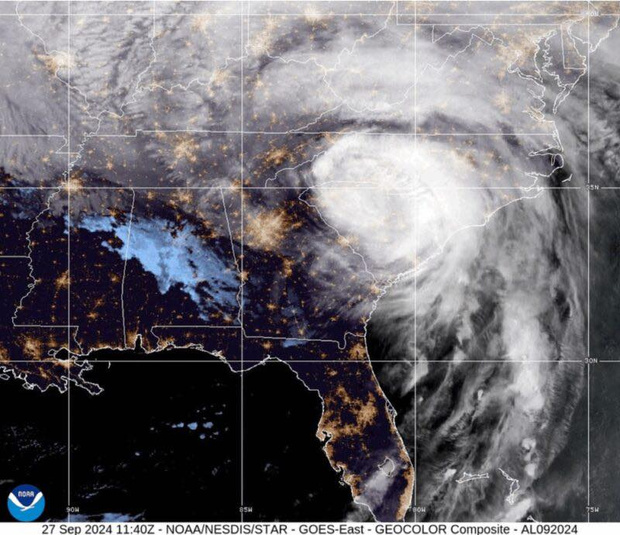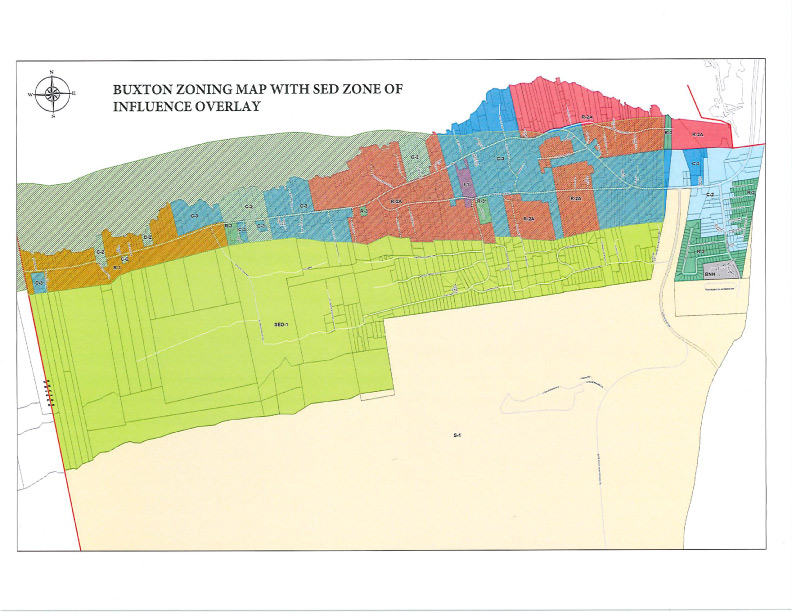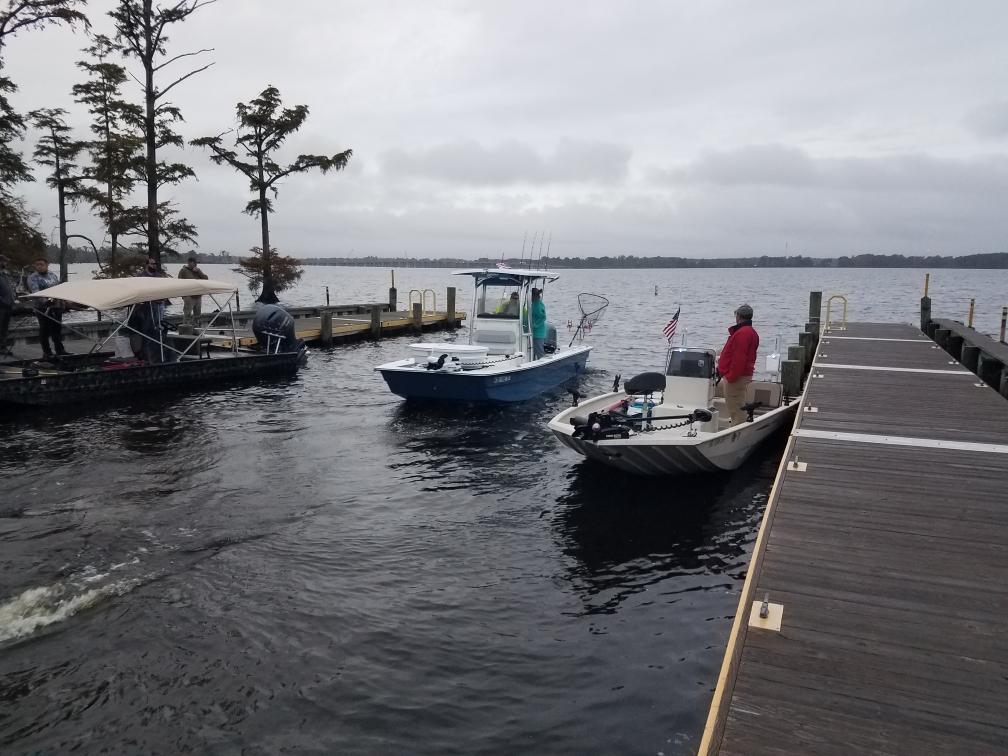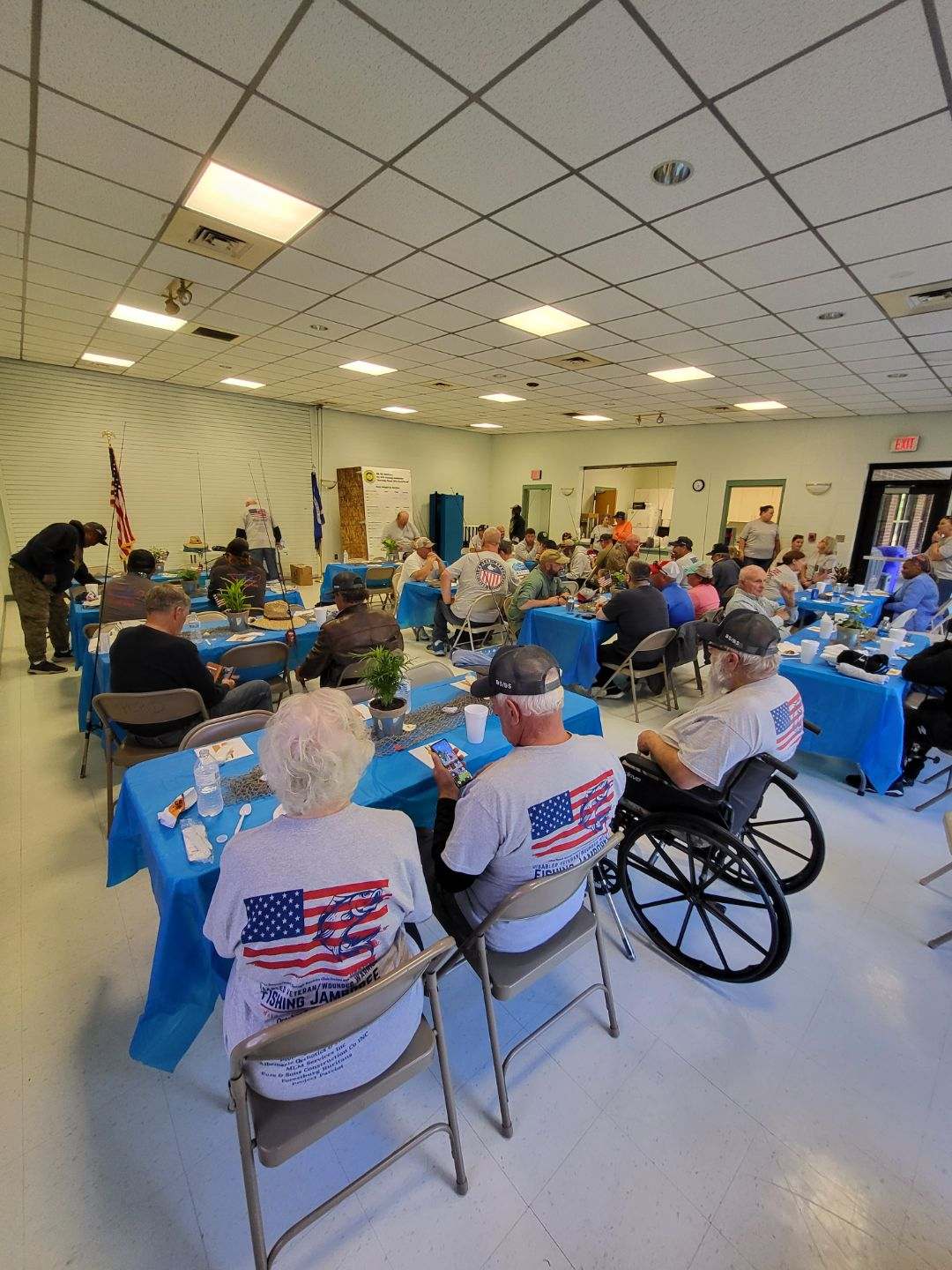Keeping Hatteras Island Clean, Beneath the Surface – How a Team of Divers Conducted a Unique Net Removal Operation
Photos courtesy of Randy Bayne
In early May of 2019, it was discovered that a commercial fishing net had been caught on the wreck of the Dixie Arrow, a WWII oil tanker wreck, resting off of Hatteras Island.
This ship met her fate on March 26, 1942, when the German U Boat U-71 fired three torpedoes into her, plunging her to the Graveyard of the Atlantic. The net that had recently become entangled in her included some sections that were still floating at the surface. This is a popular site for both scuba diving and charter fishing in our community, and the net posed a threat to divers, navigation of vessels, and non-targeted marine life.
Now, if you have lived in or visited our community, you realize that our livelihood depends on all types of fishing and our beautiful environment. We also understand that accidents will happen, such as the net getting caught on the Dixie Arrow.
This is how a self-reliant community deals with such a challenge.
Early on the morning of May 17, 2019, a volunteer team made up of 10 experienced divers and boat captains met for an early morning briefing to discuss what was known about the situation on the wreck.
As a team, we then formulated our dive plan. Four separate dive teams were established. The plan was to recover any net that was still floating at the surface first. Then, the divers would work as two-person teams to cut away as much of the net as possible in the short amount of time that we could stay at the 90 foot depths. We would attach high visibility lift bags to the net, and the team members on the surface would retrieve the net when it surfaced. The other divers on the surface were also back-up rescue divers – there to rescue any diver that may become entangled in the net during removal.
At approximately 7 a.m., the Under Pressure, captained by JT Barker, as well as the Thumper, captained by Chris Clark, departed Hatteras Inlet loaded with dive gear, along with the following team:
(Listed in alphabetical order)
- Randy Bayne – Back up Captain and diver From Avon NC
- Jon Belisario – Diver From Wilmington, NC
- Marc Corbett – Diver from Wanchese, NC
- Tom Crist – Diver from Hampton, VA
- Matt Hannum – Diver from Virginia Beach, VA
- Shawn Harper – Diver from Wilmington, NC
- Kelsey Kelly – Diver from Wilmington, NC
- Tom Tilmon – Diver from Wilmington, NC
Upon arrival at the site, the team set to our task of removing the net. Each team would descend and begin the process by attaching an inflatable bag known as a lift bag to an end of the net, which would apply upward pull on the net. From there, one diver would begin to cut away the net while the other diver would work as a safety diver, to ensure that the cutter did not become entangled in the net as it left the bottom. When the cutter was fatigued, the divers would switch jobs until their time on the bottom had expired. More lift bags would be added along the way in order to float the net to the surface where it could be recovered by the other team members.
Team after team conducted successful dives, and in total, five sections of net were cleared from the Dixie Arrow. One final dive on the wreck ensured that the net was completely removed. We are very also pleased to report that no animals were found entangled in the net.
As you can see, this community knows the importance of our rich national and maritime history. We also know that fishing and our beautiful environment are important not only to us, but to the countless visitors that join us each year to enjoy this little sandbar.
The Monofilament net was recycled through the Coast Guard Auxiliary, the lead weights were recycled, and the lead core rope was repurposed to a local commercial fisherman.







































What a great story on an ambitious endeavor. Thanks to the entire team for recognizing the problem, creating a solution, and implementing that solution perfectly. I appreciate what each of you did to fix a dangerous situation.